Wild West Words: Mushroom, Lynx/Bobcat, & Buffalo
Mushroom
I’m no mycologist, nor really even a mycophile. But I love the weird vocabulary that tags along with this science.
If you’re not familiar with the word mycology, it means “the scientific study of mushrooms and other fungi,” and it derives from the classic Greek word for fungus, mykes. A mycophile is a “mushroom lover.” The Oxford English Dictionary’s historical database suggests the term mycology showed up in print in 1830; mycophile in 1885.
Mycology has contributed some weird and wonderful words to the English language. Mushrooms are a type of fungus, and that word comes ultimately from Greek sphongos, meaning “sponge.” The tiny underground filaments beneath a growing mushroom are called hyphae (HI-fee), from a Greek term meaning “web.” The visible part of the mushroom is supported by a stipe, a Latin-based word meaning “tree-trunk, post.”
Then there are the colorful common names of mushrooms, many native to Montana: stinkhorn, fly agaric, shaggy mane, death cap, hen of the woods, chanterelle.
But perhaps the most curious of them all is the word mushroom itself. At first glance, mushroom appears to be a portmanteau, or a mash-up of two existing words to produce a new one. Not so.
Instead, mushroom is an Old English speaker’s attempt to pronounce mousseron, the 14th century French word for the edible fungus. Mousseron, in turn, is probably related to the word moss, upon which mushrooms often grow.
Perhaps our linguistic predecessors would have been better off staying with their native English word toadstool, easier to pronounce and very clever to suggest furniture for amphibians. Today we use the old word toadstool to refer to inedible, poisonous mushrooms.
Interestingly, of all the western European languages, English is the only one hanging on to mushroom. In German, it’s Pilz; Spanish, hongo or seta; Italian, fungo. And the French, who gave English speakers mushroom so many centuries ago, now call the edible fungus champignon.
Buffalo
The word buff plays a multiplicity of roles in the English language. Buff can be the name of a color, and a synonym of “naked.” To buff up is to clean or polish; and a buff is an ardent fan or enthusiast: sports buff, camera buff, etc. Though the word appears to glance off at schizophrenic angles, all these senses of buff have the same source, and that’s the word buffalo.
Buffalo comes from the Greek word boubalos, the name of a type of African antelope, and later, the domesticated Asian water buffalo and Africa’s cape buffalo. In the early 1600s, English speakers placed the word on the indigenous North American bison.
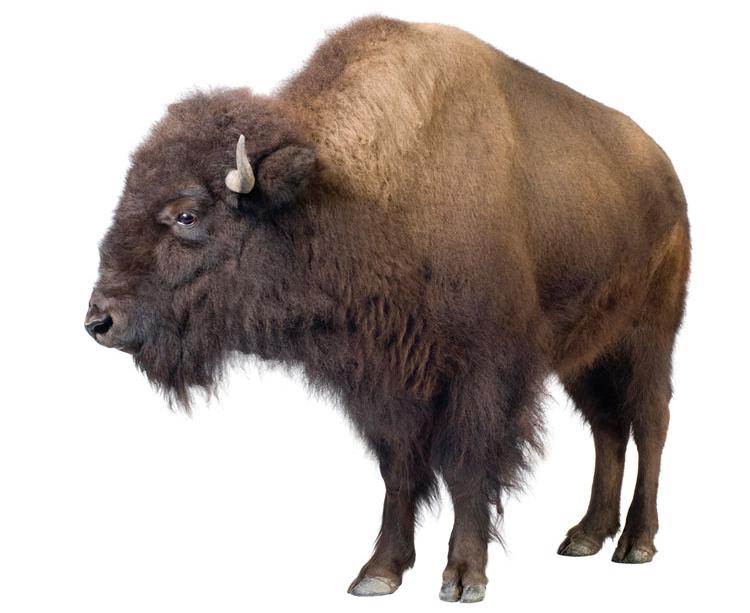
Fast-forward to the 19th century, when hundreds of thousands of buffalo hides were shipped from the American plains to the urban east. There, they were converted into coats, shirts, robes and cloths, raising the profile of the word buff in American English.
The light tan we call buff comes from the color of treated buffalo hide. The sueded skins were also used to polish or buff up brass, copper and silver. To be nude or, as we say, in the buff compares the color of some naked human skin to the light tan of a buffalo hide.
The “enthusiast” sense of the word made its appearance in American English in the early 20th century. The Oxford English Dictionary’s word watchers trace it to a Feb. 4, 1903 edition of the New York Sun: “The Buffs are men and boys whose love of fires, fire-fighting and firemen is a predominant characteristic.” These fire fighters got their moniker from the water-resistant buffalo shirts they wore as part of their uniform. In a 1907 book about fire fighters, the author writes, “The ‘buff’ is a private citizen who is a follower, friend, and devoted admirer of the firemen.”
So the word came to refer to the firemen in their “buff” uniforms as well as the devoted fan of the firefighter. Now, the word describes loyal fans of any stripe. Historical citations down through the decades refer to choo-choo buffs, hi-fi buffs and ballet buffs, all descendants of their etymological ancestors, the English buffalo and the Greek boubalos.
Lynx/Bobcat
Lynx canadensis, as its scientific name suggests, inhabits much of Canada. But if you live in the northern reaches of Maine, Minnesota, Montana or Washington, and are lucky, you may get a glimpse of this elusive wild cat.
With long legs and saucer-sized paws, the Canada lynx is marvelously adapted to hunting the snowshoe hare, its favorite prey, across the deep snow typical throughout its range. Pencil-thin ear tufts and a stubby tail are unique identifying features of this wild feline.
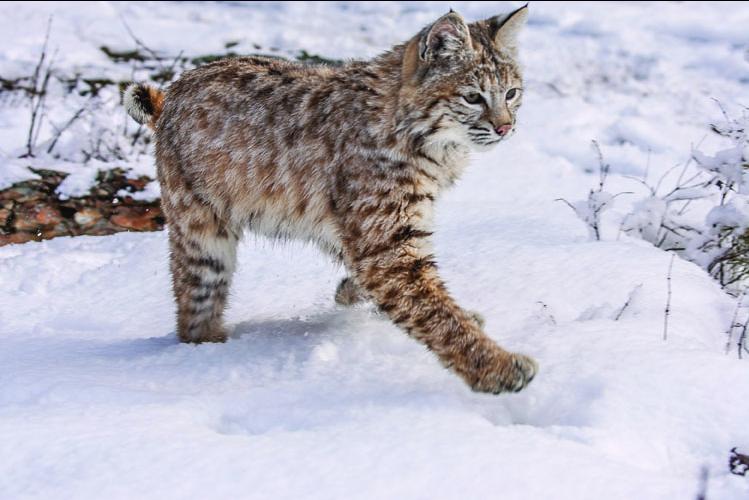
And, according to ancient folklore, the Canada lynx and its cousins the Eurasian and Iberian lynx have extraordinarily keen eyesight. A Middle English poem dated as long ago as 1340 claims that the lynx “may see through thick stone walls.” A 1605 ecclesiastical manuscript declares that “God sees all secrets [with] His lynx-like eye.”
Which brings us to the word’s etymology. It comes from an ancient Indo-European language root word meaning “brightness.” Lynx, related to the terms lucid, lunar and luster, suggests that the cat’s eyes cast beams of illumination through the gloom of night as it tracks its prey.
Not so etymologically fabled is the bobcat, a type of lynx native to the contiguous United States and northern Mexico. This creature’s name evokes its six-eight inches of tail, which looks bobbed compared to that of other big cats. American English speakers use this adjective for other foreshortened things: the bobsled with its short runners, the bobtailed nag that you bet your money on, and the bob haircut introduced in the 1920s, held in place with bobby pins.
The word bobcat made one of its first printed appearances in an 1888 publication of The Century Magazine, a popular American monthly. Compare this with the word lynx, printed in England in 1340.
ABOUT CHRYSTI THE WORDSMITH

Raised on a farm in northeastern Montana, Chrysti M. Smith now wrangles words for her daily radio series, “Chrysti the Wordsmith,” produced at KGLT-FM in Bozeman; it can be heard on public radio stations throughout Montana, Wyoming, Utah, and worldwide on Armed Forces Radio. www.wordsmithradio.org
* Find More WILD WEST WORDS & Other Featured Articles
by Chrysti the Wordsmith in our Distinctly Montana Archives!
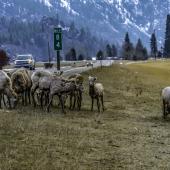
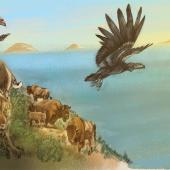
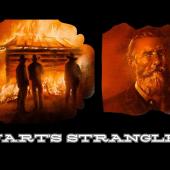
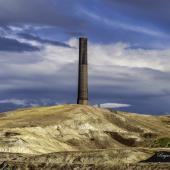
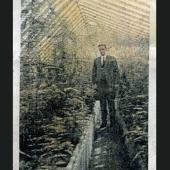
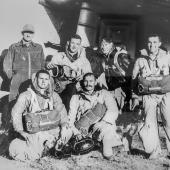
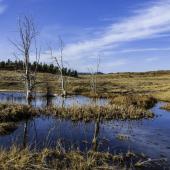
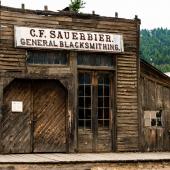
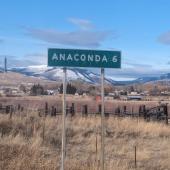
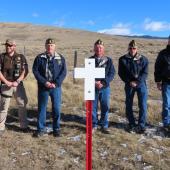
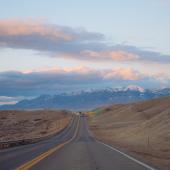
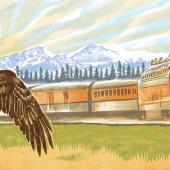
Leave a Comment Here